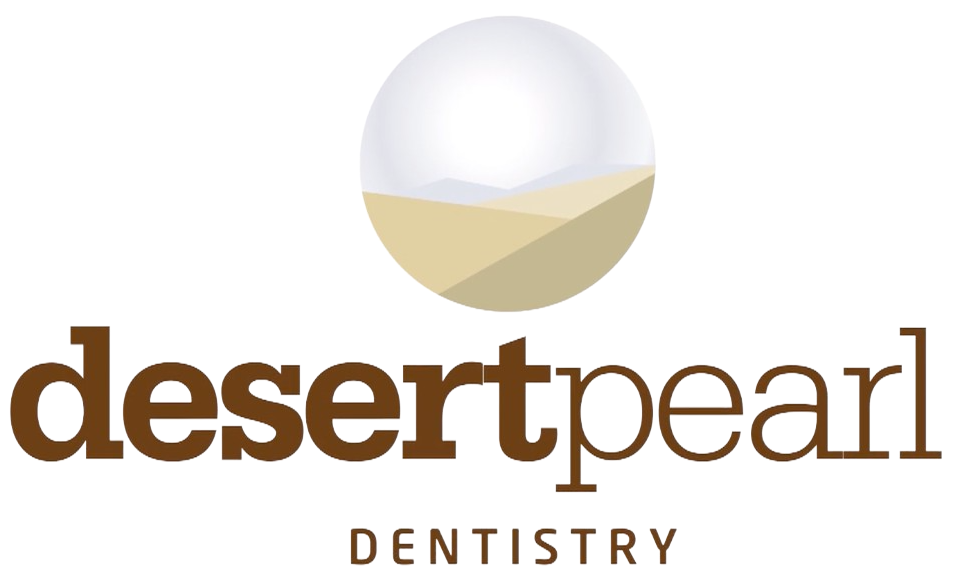The minimally invasive industry is where the term “less is more” meets with dental technology to create beautiful restorations. This approach is growing in popularity, and options are available at more and more clinics across the country. The ambition of minimally invasive dentistry is to restore bone, tooth, and tissue without removing healthy portions along with the diseased. Modern dental materials have had a large role to play in making these procedures possible. They also make it possible to produce lasting results that can adapt to future repair needs.
The Importance Of Minimally Invasive Restorative Dentistry
For many years the base restoration procedures leaned on removing and replacing dental tissue as their central focus. While the results were certainly effective, they impacted the longevity of the tooth by removing otherwise healthy tissue. Using advanced techniques, minimally invasive dentistry works to identify the precise locations where damage and decay are present. Steps are taken to remove the decay and repair the tooth while maintaining the integrity of the healthy tissue. The result is an effective restoration that maintains dental health and makes room for future repairs if needed.
Common examples of minimally invasive restorative dentistry include:
- Sealants – These are typically constructed using plastic resin. This resin forms a solid barrier against acid, bacteria, and decay. The sealant seamlessly fits into all the fine shapes and contours of the tooth. No cutting or drilling of the tooth is necessary with sealants.
- Mini-Dental Implants – When there isn’t enough natural jawbone to support traditional implants, these are a great option. They don’t require bone grafts to repair missing bone. This makes them less complex than the typical dental implant.
- Inlays and Onlays – These restorations conserve tooth material and are used in place of traditional dental fillings.
- Teeth Whitening – This treatment helps to eliminate stains on the teeth without impacting the integrity of the tooth.
- Minimal Prep Veneers – These veneers go over the tooth and improve its appearance without needing to remove any dental structure.
- Dental Lasers are used to remove bacteria and decay from the gums and teeth with minimal material removal.
- Air Abrasion – Another low-impact technique, air abrasion eliminates decay without the use of drilling.
- Bite Guards – Patients who grind or clench their teeth can benefit from bite guards. These appliances don’t require removing any material and serve to effectively protect the teeth.
- Remineralization – This form of treatment often involves the use of fluoride to strengthen enamel. It also aids the enamel in adding minerals to restore its integrity.
These represent some of the more common treatments used in minimally invasive dentistry. All of them focus on enhancing oral health without having to remove material. In most cases, the recovery time from the procedures will be minimal as well. This means beautiful teeth without the need for taking time off from work.
Contact Your Dentist For Help With These Treatments Today!
The benefit of the majority of these treatments is the lack of need for anesthetics and minimal tissue damage. This makes them in-office procedures that send you home the same day, often able to return to your normal routine without issue. If you have more concerns about minimally invasive dentistry, reach out to your dentist today!



